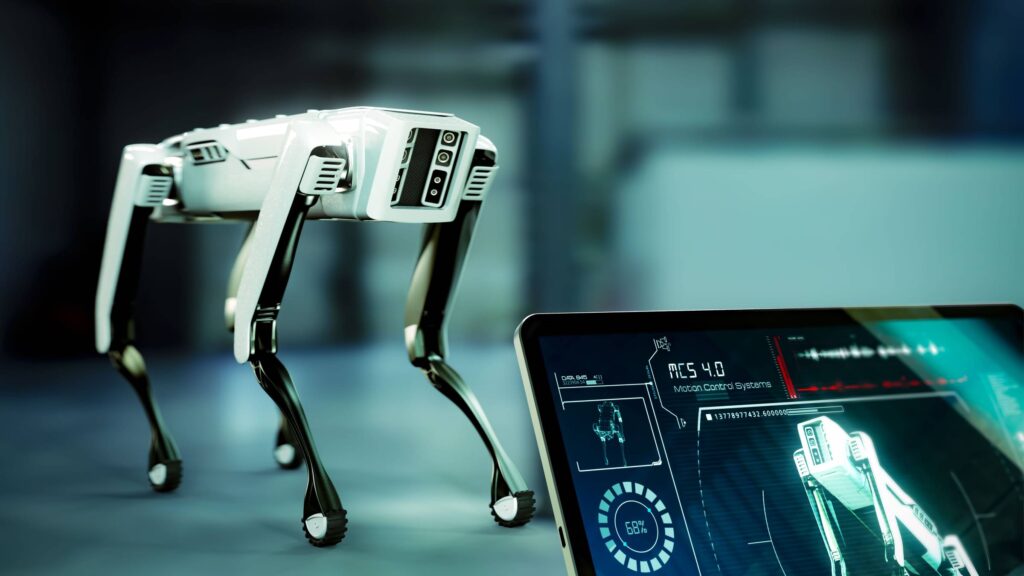The Future of Robotic Combat: Drones and Dog Robots Duel with Fireworks
A recent viral video from China has ignited conversations about the potential of robotic combat, showcasing an exhilarating battle between a drone and a robot dog, where both machines unleash fireworks at one another. This dramatic display serves as a striking example of the swift advancements in autonomous warfare technology we’ve been witnessing in recent years.
A Clash of Machines
In the video, viewers are treated to an impressive sight: a Unitree robot dog equipped with a firework launcher takes aim at a nimble drone that zips around in midair, retaliating with its own explosive display. While the degree of autonomy in these machines remains uncertain—especially considering a person can be seen controlling one of the devices—it’s evident that we’re inching closer to a future where AI takes the lead in combat scenarios. The robot dog’s agile movements and ability to both track and evade threats hint at more comprehensive capabilities driven by artificial intelligence.
The Rise of AI in Warfare
AI technology has already paved the way for weapon systems that can identify and engage threats without human intervention. For instance, today’s surface-to-air missile systems are capable of autonomously detecting and intercepting potential dangers faster than human operators can react. In fact, some military drones have reached the level of sophistication where they can recognize human faces, raising questions about the implications of such technologies on the battlefield.
The Bigger Picture
While the robot dog and drone showdown may appear playful, it underscores a significant trend: militaries around the globe are increasingly investing in autonomous combat technologies. Machines like flame-throwing robot dogs that hit the market in recent years signal that the breakthroughs in this field are rapidly approaching. The U.S. military, for example, is actively exploring AI-driven battlefield strategies, while countries like China are delving into robotic surveillance, drone swarms, and unmanned combat vehicles.
Ethical Considerations and Strategic Implications
The rise of autonomous warfare brings with it a host of ethical concerns. Discussions among engineers and policymakers are already focusing on safeguards, regulations, and accountability in the event of unintended damage. Should machines be granted the authority to decide when to engage targets? This question looms large as we navigate the complexities of battlefield automation.
Complexity Ahead
Despite the entertaining nature of robots battling with fireworks, the real-world applications of AI in combat situations are set to become increasingly complex. The evolution of autonomous drone warfare, robotic sentinels, and AI-enhanced targeting systems is reshaping military strategy. This latest video may just be the prelude to the more serious developments that lie ahead.
The AI Buzz Hub team is excited to see where these breakthroughs take us. Want to stay in the loop on all things AI? Subscribe to our newsletter or share this article with your fellow enthusiasts.




